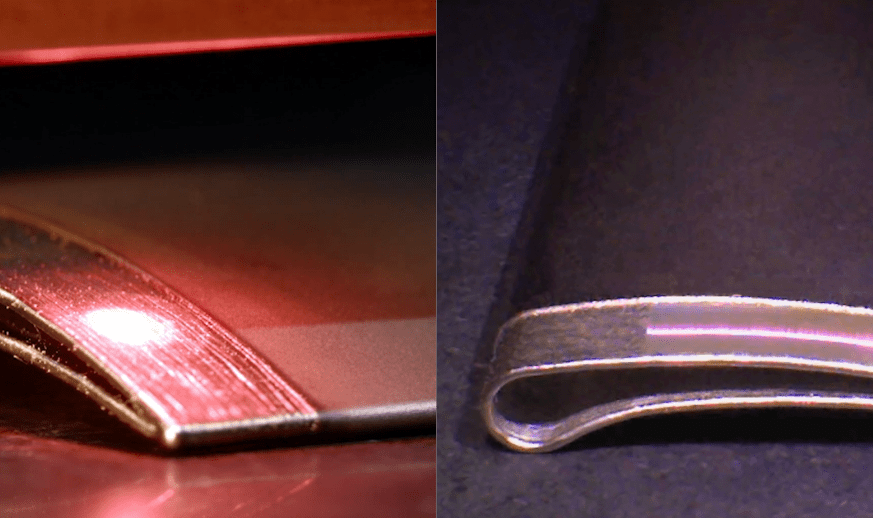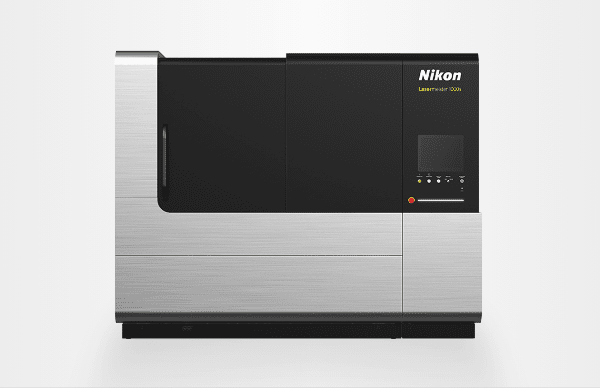Metal Surface Treatment
Metal surface treatment refers to processes that alter the surface properties of a metal component. Treatment is done for a variety of reasons, such as to improve the component’s performance, corrosion or wear resistance, and appearance.
While metal surface treatment may seem like a modern technology, it is something that humans have mastered since they first began working with metals thousands of years ago. Grinding of metal tools to produce both sharp, pointed edges and smooth surfaces is one example of early metal surface treatment.
In the modern era, the most commonly used surface treatments for metals include cleaning, polishing, painting, plating, and heat treating. Cleaning involves the use of sandblasting or other methods to remove mill oil, burrs, and foreign substances. Polishing entails the use of mechanical, chemical (i.e. anodization) or electropolishing methods to make the metal surface smooth. Painting, whether by spray painting or electrostatic/electrodeposition coating, both enhances corrosion resistance as well as appearance. Plating, such as with electroplating, chemical plating or hot dip coating, involves applying special coatings or protective films that improve corrosion resistance as well as appearance. Finally, heat treating involves actually changing the structure of the metal surface itself to produce a harder and more durable finish that improves fatigue resistance. Of course, a component may go through multiple treatments to achieve the desired end result.
Synonym
Surface Treatment Metal / Surface Treatments For Metals
Related solutions


Ultra-high precision surface processing using a laser
Nikon's optical subtractive processing machine utilizes technologies…
See Details




